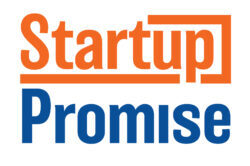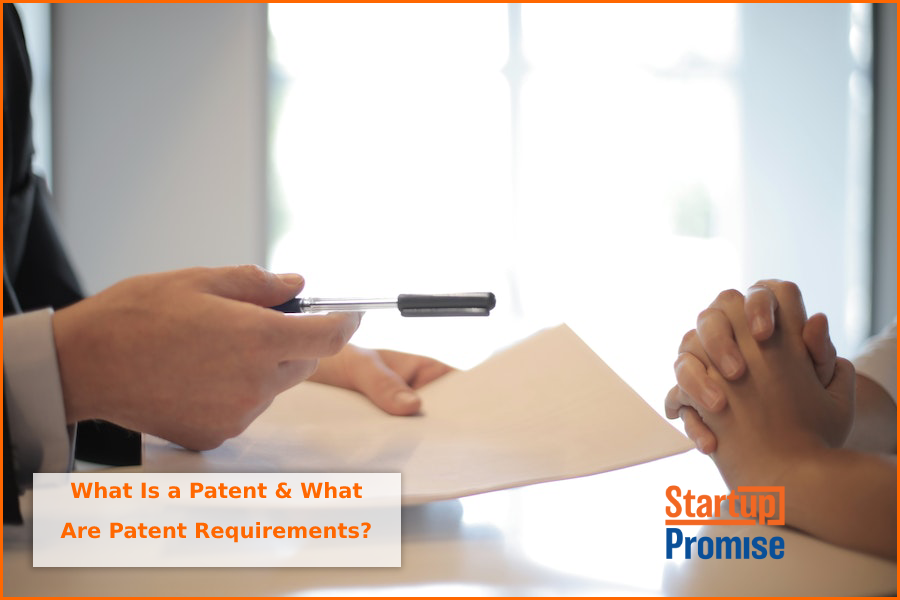- When Does a Descriptive Mark Supplemental Registration Improve Branding? - May 23, 2018
- Getting a Patent: Outline of a Patent Application - July 8, 2014
- What is a Trademark?Trademark Definitions & Considerations - September 11, 2013
What Is A Patent?
A patent is a governmentally granted monopoly that gives an inventor the exclusive right to make, use, or sell their invention for a limited time, in exchange for disclosure of that invention.
There are three types of patents: design patents, plant patents, and utility patents. Generally utility patents are being referenced when you hear the word ‘patent’ and these will be the focus of the rest of this article.
Patent Requirements
There is a statutory definition of what is patentable subject matter:

Do you have a question? Ask at the bottom of this post.
One of our advisors will answer!
35 U.S.C. 101 Inventions patentable. Whoever invents or discovers any new and useful process, machine, manufacture, or composition of matter, or any new and useful improvement thereof, may obtain a patent therefore, subject to the conditions and requirements of this title.
What isn’t patentable subject matter is not statutory, but has been defined by the courts, albeit there are no clear definitions for any of these categories:
- abstract ideas
- mental processes
- laws of nature
- algorithms
- physical phenomena
What are the Other Requirements for Patentability
The invention must be useful. People invent things to solve problems, so the useful requirement is usually self-evident; you just need to able to claim some benefit of your invention.
The invention must also be novel and not obvious to a person who has knowledge in the field. Patent applications include among other things, a detailed description of the invention and the claims which define the invention. Legally the claims are the most important part of the patent application because the interpretation of the claims is what determines whether or not an invention is novel and not obvious.
It is easier to describe the novelty requirement in terms of what claims are not novel: To not be novel, every claim element or its functional equivalent must be contained in one prior art document cited against the claim. Prior art are documents that disclose subject matter related to your invention and were published before the filing date of your application. These can be other patents, other patent applications, or other types of publications such as journal articles.
Even if you have something that is completely unique and novel, your invention still might not be patentable because it is considered obvious. The claims defining your invention must not be obvious to a Person Having Ordinary Skill In The Art (PHOSITA-basically the average person in the field). Generally, the patent examiner argues that two (or more) patents could be combined by a PHOSITA to come up with your invention. Obviousness can also be shown by the general knowledge in the field, “common sense” or predictability of results. Obviousness is the basis of most examiner rejections and is the hardest rejection to overcome because it is more of a subjective opinion than novelty.
Patent Protection
Patent infringement occurs when, without the owner’s permission, a person or business makes, uses, offers for sale, or sells the invention throughout the U.S. or imports the invention into the U.S. Infringement is found when the questionable device, composition or process contains every element present in one of the claims of a patent.
What does patent protection really give owners?
- Patents provide owners with the legal basis for instituting an infringement lawsuit.
- It gives owners leverage for obtaining licensing agreements, manufacturing agreements, and distributing agreements. A manufacturer or a distributer will not to want to risk an infringement suit by a third party by making or selling your invention without patent protection.
- It is also hoped that by obtaining a patent that this demonstrates the owner is not infringing on somebody else’s patent, though other patent owners may disagree.
- Owners can also register with U.S. Customs to prevent importation of infringing goods.
- Patent protection also provides the owner the ability to generate revenue by:
being exclusive provider of invention,
giving the owner leverage to license the use of the invention
selling their rights to the invention
What are some risks of not having a patent?
- Increased competition- a competitor can utilize your invention without compensating you and you will have no legal way to make them!
- You cannot institute a law suit for infringement or get an injunction without a patent
- You have no leverage to force a licensing agreement
- All this leads to a loss of revenue!
Before you try to get a patent make sure your invention is marketable
- Determine if there is a definite need for your invention.
- Can you make/use/sell your invention or pay somebody to make and sell the invention?
- Is somebody interested in getting a license to make/use/sell your invention?
Remember having a patent doesn’t necessarily mean it is a money maker. Many patents have not become successful products and many have not made it to the marketplace. So be cautious and do proper research before applying for a patent on your invention.


0 Q&A